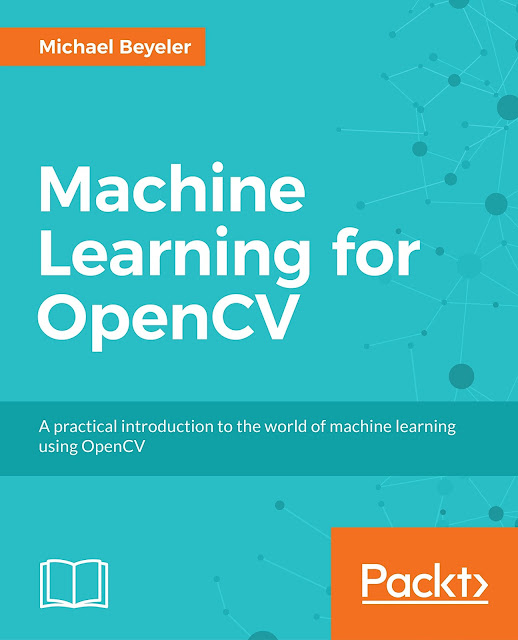
- INSTALL CUDNN UBUNTU 18.04 CUDA 10 HOW TO
- INSTALL CUDNN UBUNTU 18.04 CUDA 10 INSTALL
- INSTALL CUDNN UBUNTU 18.04 CUDA 10 DRIVERS
- INSTALL CUDNN UBUNTU 18.04 CUDA 10 UPDATE
- INSTALL CUDNN UBUNTU 18.04 CUDA 10 SOFTWARE
INSTALL CUDNN UBUNTU 18.04 CUDA 10 INSTALL
CUDA 11.0 appears to require a newer version of the NVIDIA driver, so we're going to install this manually.ĭownload and install the latest NVIDIA graphics driver from here. Ubuntu 20.04 currently offers installation of the NVIDIA driver version 440.100 through its built-in 'Additional Drivers' mechanism, which should be sufficient for CUDA 10.2. Note that every CUDA version requires a minimum version of the driver check this beforehand. Don't just copy these instructions, but check what the respective latest versions are and use these instead! Installing the NVIDIA driverĭownload and install the latest NVIDIA graphics driver from here.
INSTALL CUDNN UBUNTU 18.04 CUDA 10 UPDATE
Please also note that the instructions are likely outdated, since I only update them occasionally. Therefore, the below instructions may or may not be useful to you. As a disclaimer, please note that I am not interested in running an outdated Ubuntu version or installing a CUDA/cuDNN version that is not the latest. On an Ubuntu Linux system, in particular Ubuntu 20.04.Īt the time of writing ( ), these were the latest available versions.
INSTALL CUDNN UBUNTU 18.04 CUDA 10 SOFTWARE
In particular, the aim is to install the following pieces of software This is a companion piece to my instructions on building TensorFlow from source. The first command should list all GPUs attached to your system, and the second command should say CUDA 9.0.Īnd with that, you're done.Installing the NVIDIA driver, CUDA and cuDNN on Linux (Ubuntu 20.04) You might have to open a new terminal or reboot your machine. If everything worked right, you should be able to run the following two commands without error: $ sudo chmod a+r /usr/local/cuda-9.0/lib64/libcudnn* $ sudo cp -P cuda/lib64/libcudnn* /usr/local/cuda-9.0/lib64/ $ sudo cp -P cuda/include/cudnn.h /usr/local/cuda-9.0/include $ CUDNN_FILE="cudnn-9.0-linux-圆4-v7.2.1.38"Ĭopy the following files into the CUDA Toolkit directory (this path might differ if you did not install CUDA in its default location):

Then download CuDNN 7.2 from the Developer website. In order to download CuDNN you have to be registered with the NVIDIA Developer Program. You'll need to add two statements to your ~/.bashrc for the system to find your CUDA installation:Įxport LD_LIBRARY_PATH=/usr/local/cuda/lib64:$LD_LIBRARY_PATH Specify custom paths or hit ENTER to use default values. You can also choose the installation directory and whether to install the CUDA samples. Install NVIDIA Accelerated Graphics Driver for Linux-x86_64 384.81? => no.You are attempting to install on an unsupported configuration.cuda_9.0.176_384.81_n -overrideĭuring the installation, you need to answer the following questions:

Make the download file executable and start the installation: If you've made it past this point, the rest should be a breeze! Step 4: Install the CUDA Toolkitĭownload one of the "runfile (local)" installation packages from the CUDA Toolkit Archive:
INSTALL CUDNN UBUNTU 18.04 CUDA 10 HOW TO
If the above doesn't work, ask StackOverflow how to install an NVIDIA driver using a local run file. Installing the driver is usually the hardest part. From here, check that the device files /dev/nvidia* exist and have the correct (0666) file permissions. If you get a bunch of display error messages, or can't see anything, drop to a virtual console by hitting Ctrl + Alt + F1. Some systems act up at this point, so make sure everything is displayed correctly once you log in to your machine again.

I would recommend rebooting your systems at this point. $ sudo apt install nvidia-384 nvidia-384-dev Make sure to get the development version, too: $ sudo add-apt-repository ppa:graphics-drivers/ppa

Then you're finally ready to install the NVIDIA driver. Create a file at /etc/modprobe.d/nf with the following contents: The following is straight from the CUDA docs.
INSTALL CUDNN UBUNTU 18.04 CUDA 10 DRIVERS
The Nouveau drivers are loaded if the following command prints anything: $ sudo apt install g++ freeglut3-dev build-essential libx11-dev libxmu-dev \īefore installing the NVIDIA driver, you should make sure to disable the Nouveau drivers that come pre-installed with Ubuntu. Step 2: Install the required pre-installation packagesĪccording to the NVIDIA documentation, this step is no longer strictly required, but it is good to have the following packages anyway: Īpart from that, you will want to make sure you have GCC installed. This command should return one GPU per line, in my case: 02:00.0 VGA compatible controller: NVIDIA Corporation GM200. You can verify the GPU is being detected with the following command: Most importantly, you should verify that your system has a CUDA-capable GPU. The NVIDIA Developer Zone has a detailed guide on pre-installation actions. Below is a working recipe for installing the CUDA 9 Toolkit and CuDNN 7 (the versions currently supported by TensorFlow) on Ubuntu 18.04. Installing CUDA has gotten a lot easier over the years thanks to the CUDA Installation Guide, but there are still a few potential pitfalls to be avoided.


 0 kommentar(er)
0 kommentar(er)
